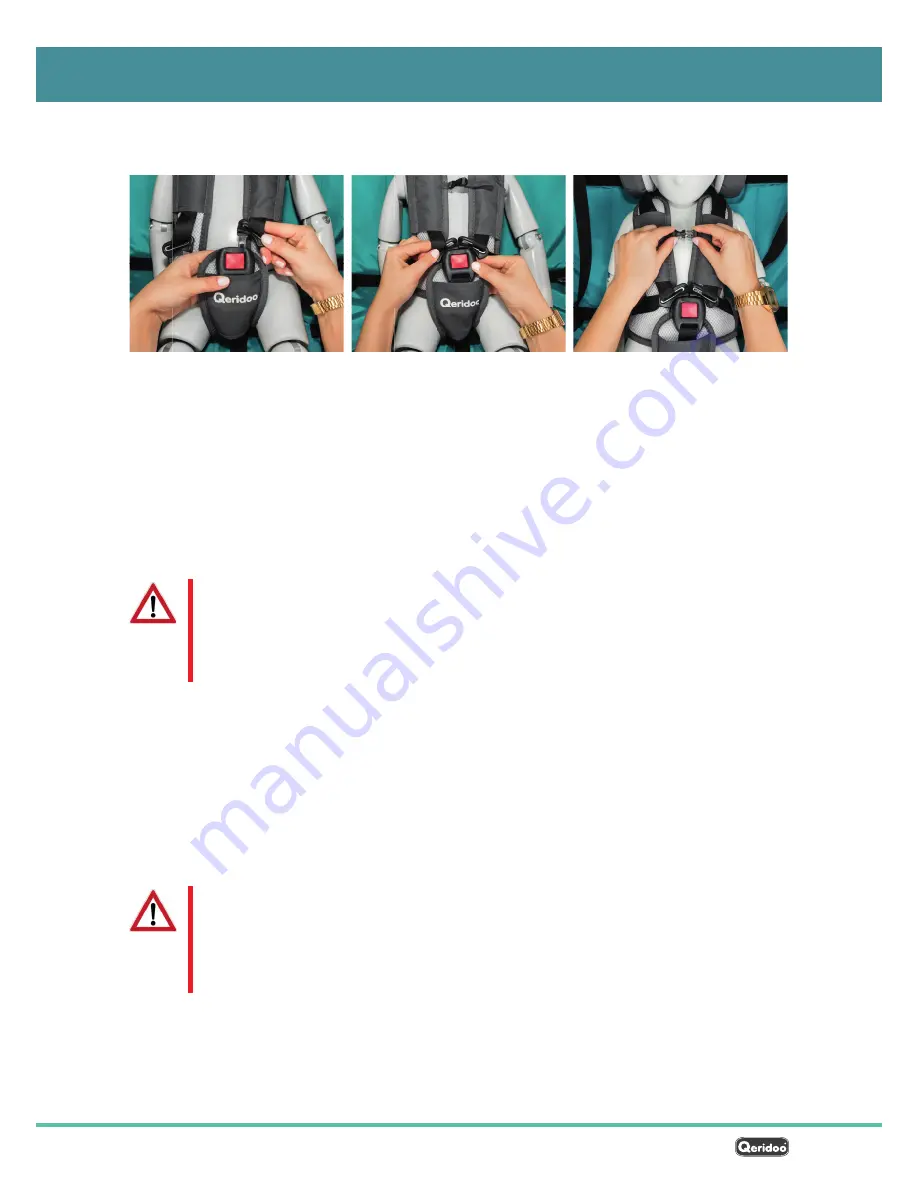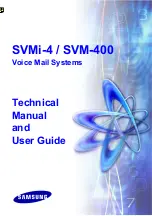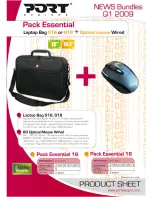
24
– 12|2017 – Subject to change.
Speedkid2 2018
Utilisation
Fastening in a child
f
Help the child to put his/her arms through the two side parts of the 5-point safety harness.
f
Adjust the seat belt, the belt pads and, if necessary, the head rests to the size of the child.
f
Insert the tabs into the belt buckle until they click audibly.
f
Check that all parts of the 5-point safety harness fit properly and comfortably.
f
Close the small locks to fix the belt pads if the belt pads of the 5-point safety belts are too
loose. However, always make sure that there is enough distance between the locks and the
child's neck (see the photo above).
f
If the child is too small for the 5-point seatbelts, then we recommend to use the accessories,
such as a baby seat or a seat reducer.
f
Close the cover and secure it appropriately.
Danger!
Before every journey, check that the safety harnesses and harness catches are sitting
correctly. Failure of the restraining function can result in serious or even fatal injuries in
the event of an accident. Start driving only when all children either wear a cycling helmet
or use a head rest and are properly belted.
Checking the weight distribution and tow bar load
An optimum weight distribution is important for safe handling: The load’s centre of gravity should
always lie in the centre of the wheel axle. The tow bar load with which the tow bar lies on the coupler
must be neither too great nor too low in Trailer mode:
Tow bar load too great (> 8 kg): Too much load on the coupler.
Tow bar load too low (< 3 kg): The trailer could reduce the traction of the rear wheel through
lifting and thereby cause critical situations in curves.
Centre of gravity too far out: Loading on one side makes tipping over while cornering more
likely.
Danger!
Distribute the load evenly across the width of the
Speedkid2
. If you are carrying only 1
child, he/she must sit in the middle, see
„Adjusting the safety harnesses“ on page 22
.
Check the tow bar load before every journey with a trailer. Tow bar loads outside the
permitted range of 3 – 8 kg cause critical handling performance.













































